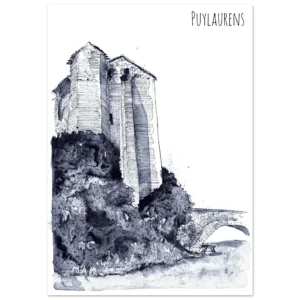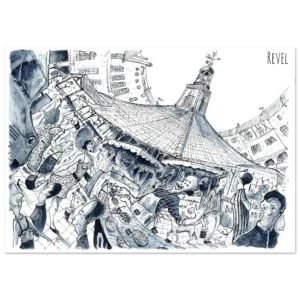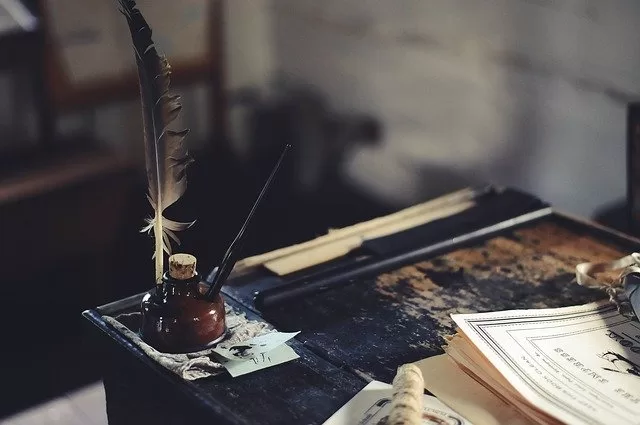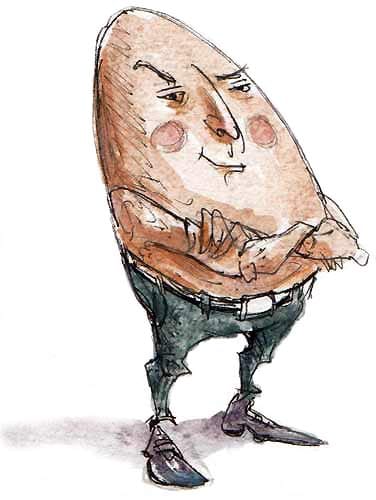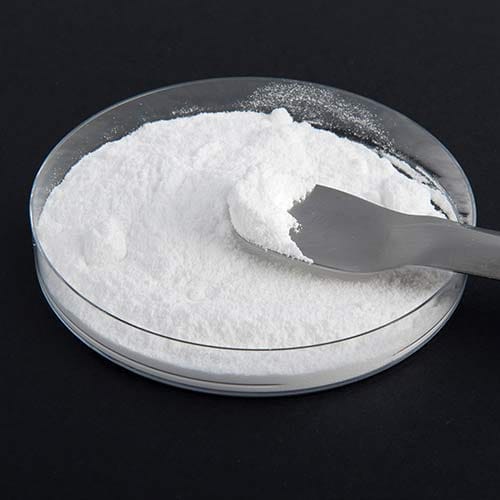How to make gouache?
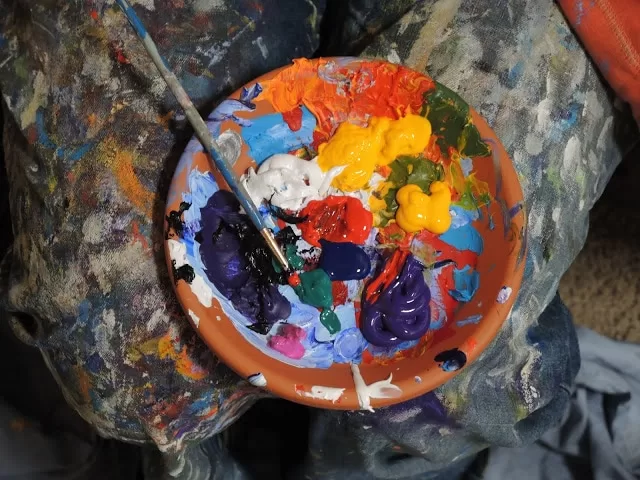
About gouache
The name "gouache" was given to this painting in the 16th century. Its name derives from the Italian "guazzo".
Gouache is a covering, opaque water-based paint. Like watercolor, it can be reworked years after it has dried. It's "the paint" we use at school, not least for its ease of use.
Its composition is very similar to that of watercolor, but it has a distinctive feature: it's opaque! Unlike watercolor, which plays with transparency and lets the white of the paper show through for highlights, gouache requires the addition of real white to create the luminous strokes.
It generally comes in paste form, either in a tube or jar, or in solid lozenge form.
Recipe
00h15
Easy
Cheap
IMPORTANT
This recipe will enable you to make your own gouache, but be aware that if you choose to preserve it in paste form, there is a risk of mold formation. Indeed, clove oil is not a strong enough preservative to preserve your paints beyond a few weeks without the risk of mildew.
The recipe for making gouache is very similar to that for watercolor, which makes sense, as these two paints are almost like sisters.
In fact, you can use the same binder for either recipe.
In this one, I don't add egg white, unlike the watercolor recipe, because I find the effect isn't as relevant.
Ingredients
- Pigment
- Liquid or granulated gum arabic
- Demineralized water
- Clove essential oil
- Glycerine
- Meudon white
Utensils

1 measuring spoon

1 x 100ml opaque bottle

1 pipette
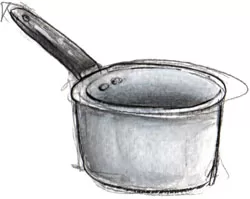
1 saucepan

1 thumbwheel
If you don't have one, you can use a spatula.

1 glass plate
Where a marble plaque
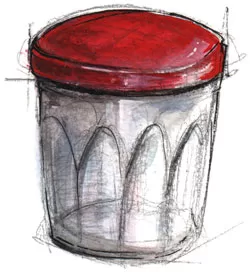
2 jars

1 sieve colander
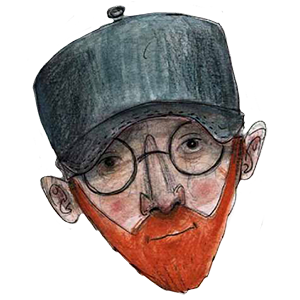
Julien's tips and tricks
If you choose to store them in solid form, an ice cube tray or seashells make good containers for your gouaches.
It's important that your container doesn't oxidize, otherwise your gouaches may darken or even become unusable.

Ice cube tray
Preparation
Part 1 - The binder
All paints are essentially made up of pigments mixed with a binder, and gouache is no exception to this rule. The role of the binder is to ensure that the paint adheres to the substrate. This step is therefore crucial, as it will largely influence the final quality of your gouache.
1. Production of gummed water
If you have liquid gum arabicgo directly to the next step.
On the other hand, if you've chosen gum arabic in grain (or crystal) form, you'll need to prepare your own gummed water.
- To do this, pour 1 part gum arabic and 2 parts demineralized water into a jar. You can then wait 24 hours for the gum to dissolve, or heat it in a bain-marie to speed up the process.
- Then pour the gummed water into a jar, filtering it through a sieve to remove impurities.
2. Production of honey water
Pour 1 part honey and 1 part demineralized water into the pan and stir. You can use the measuring spoon to calculate the volumes.
Heat for 5-10 minutes over low heat to reduce the mixture to 1 volume.
Leave to cool.
Pour the mixture into a new jar.
3. Binder assembly
Pour 3 parts gummed water and 1 part honey water into the opaque bottle.
If you've made your own gummed water, add a few drops of clove essential oil (1 drop per 20 ml or 20 g) to preserve your binder longer.
Now add a few drops of glycerine (about 2 drops for 10 ml or 10 g).
Glycerine is both a drying retardant and a plasticizer. It helps prevent your gouache from cracking as it hardens, and will also make it a little more supple. Be careful not to add too much, or your gouache may take weeks to dry.
Close and shake.
The binder is ready!
Part 2 - Making gouache
Step 1
Place a small amount of pigment on the glass plate and form a sort of volcano with it, leaving a hole in the center.
I don't give exact proportions of ingredients in the recipe, as it depends on the quantity of gouache you wish to make.
To make a "classic" gouache tablet, you'll need around 15 g of pigment (the equivalent of a teaspoon) mixed with 15 g of binder.
Step 2
Use the pipette to pour binder into the center of the "volcano".
I usually mix 1 part pigment to 1 part binder, but this can vary according to the nature of the pigment.
Add a little at a time. If you add too little binder, it will be difficult to obtain a homogeneous paste.
Each pigment reacts differently, so it's up to you to determine how much binder to add.
Step 3
Use the wheel (or spatula) to disperse, i.e. mix the pigments and binder.
If you're using the wheel, place it over the pigments and binder and start using circular movements, forcing a little, to mix them well. A sort of paste will form. Bring it back to the center with the spatula. Repeat this process several times.
If you opt for the spatula, mash the pigments and binder to a paste. Spread it out, forcing the spatula a little. Gather it in the center and crush again. Repeat until the mixture is homogeneous.
Continue the operation at least until you can no longer hear the pigment "squeaking" under the wheel or spatula.
Some pigments require more work than others. The more time you spend on this step, the finer your gouache will be.
Step 4
Add the blanc de Meudon a little at a time, mixing with a pastry wheel until smooth.
Add a little water if the paint seems too compact.
Test as you go until you achieve the desired opacity. However, bear in mind that the more Meudon white you add, the more pastel your gouache will become.
Step 5
Collect the dough and store it in the container of your choice.
If you opt to store them in solid form, let them dry out; this will only take a few days.
If you prefer them pasty, use one or more airtight jars and check regularly for mould.
Step 6
Whether you decide to let your gouache dry or not, you can use it immediately.
Share
And also :

Courses and workshops
During the year, I organize various workshops and courses to learn how to make your own paints.
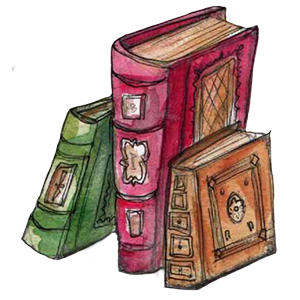
Resources
I've collected websites and books dedicated to making paints, stains, inks and other artistic materials.
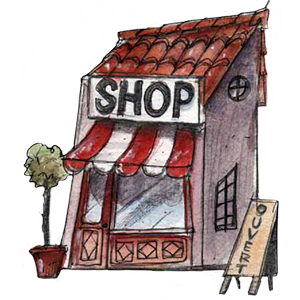
Store
I'm selling some of my creations.
Newsletter
If you sign up, you won't receive any spam from me, just one or two newsletters a month, no more.
- HOME
- ABOUT US
- MY WORKS
- MAKE YOUR OWN PAINTS
- How to make watercolours?
- How to make charcoal easily?
- How to make natural pigments easily?
- How to make dry pastels?
- How do I easily re-tension a canvas?
- How do I make black ink for calligraphy?
- Making lye with wood ash
- Making flour paint
- Making blue pigments with indigo
- Recipe for iron acetate (nail soup)
- Make soda crystals with baking soda.
- Madder lacquer recipe
- Gaude lacquer recipe
- Making gouache
- How to make walnut stain easily?
- How do I make calcium carbonate at home?
- How to make egg paint?
- WORKSHOPS / COURSES
- RESOURCES
- FORUM
- THE SHOP
- CONTACT

